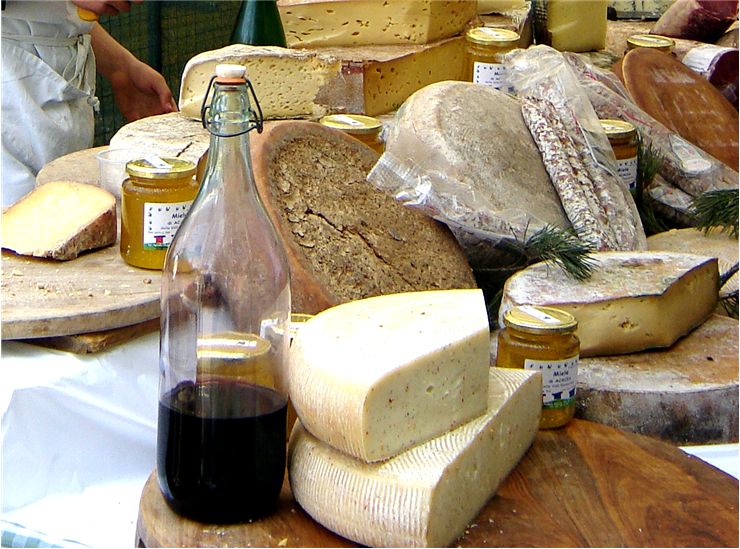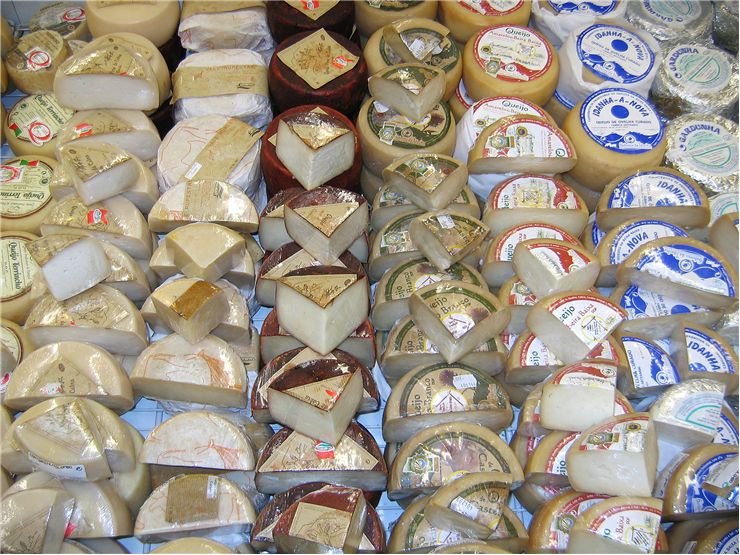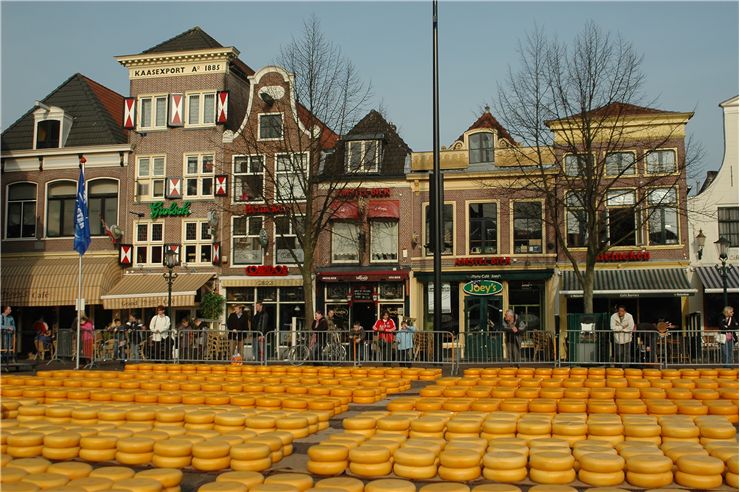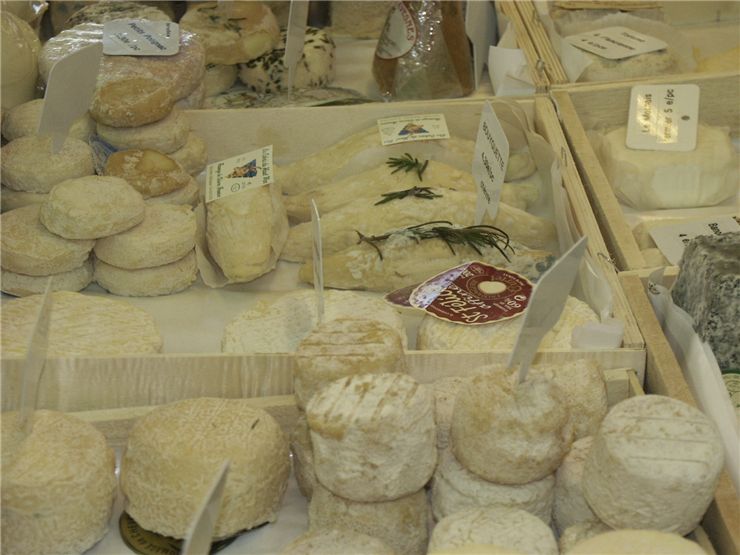Cheese Classification - Types of Cheese
With cheese having such a long and interesting history, it is not strange to find out that there are more than a thousand types of this food prepared, served and eaten all over the world. Various food regularity organizations have taken upon themselves to categorize and maintain the recipes of many cheeses, and today most influential organizations are Walter and Hargrove (they recognize 400 cheese variety),Burkhalter (more than 500), International Dairy Federation (500) and Sandine and Elliker (more than 1000). All those organizations use different approaches for cataloguing cheeses, which can be separated in type of milk, length of aging, texture, fat content, country and region of origin, moisture content and more.
Popular Types of Cheeses:
Moisture – Presence of moisture in cheese determines its softness and can dramatically alter texture of the cheese. There are three types of moisture categorizations - Semi-soft cheese (Havarti, Munster and Port Salut), Medium-hard cheese (Gouda, Edam, Jarlsberg and Cantal), and Semi-hard or hard cheese (Cheddarm, Cheshire, Edam and Parmesan).
Type of Milk – Milk and amount of fat they have can dramatically alter the look, texture and feel of cheese. Majority of world’s cheese is made from cow milk, but some are also made from goats and sheep. Very rare examples of cheese are made from moose’s milk. Some milk of some cheeses is enhanced with cream, and some popular cheese brands are using different type of milk in different countries.
Age – Cheese age is commonly used as most important type of categorization. Most popular type of cheese is of course fresh cheese, which has soft texture, mild flavor and are mostly easily spreadable. Some of the most popular soft cheeses are cottage cheese, cream cheese, farmer cheese and Mozzarella. While fresh cheeses have excellent taste, most have limited shelf live (especially those who don’t have additional preservatives).
Mould – Mould is important for creating perfect texture, mouth feel and taste of cheeses that are left to age longer. Mould cheeses are commonly recognized in several types:
- Soft-ripened – Smooth, gooey and very intense flavor, such as Brie and Camembert.
- Washed-rind – They ripen inwards with mould, but they are regularly washed in different solutions (salt water, beer, wine, brandy, spiced water) so that mould bacteria can impart those flavors deep into structure of the cheese.
- Smear-ripened – Similar like washed-rind, but with added effects of additional bacteria or fungus that can change their flavor. Most popular examples of these cheeses are Munster and Port Salut.
- Blue cheeses – Cheeses made by the effects of two specific types of bacteria Penicillium roqueforti or Penicillium glaucum. They give them blue veins, and are often regarded as most renowned cheeses in the world (Roquefort, Gorgonzola and Stilton).
Brined – Aged inside the airtight or semi-permeable contained that houses solution of brine. Cheeses made this way can be both soft and hard, most are white, salty-tasting, and have very clean texture and look. They are most popular in Middle East and Mediterranean.
Processed – Commercially sold cheeses are made with recipes that have many modern solutions for tweaking taste, mouth feel and expanding shelf-life. Most commonly used additives are food colorings and preservatives.
Origin – Finally, many cheeses are categorized by the country or region of their origin. Largest producers of cheese in the world are US, Germany, France, Italy, and many other countries form European Union.



